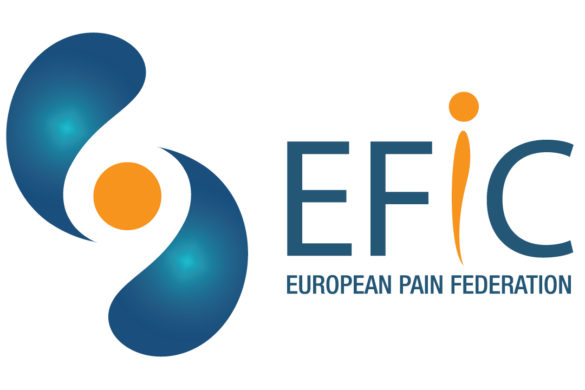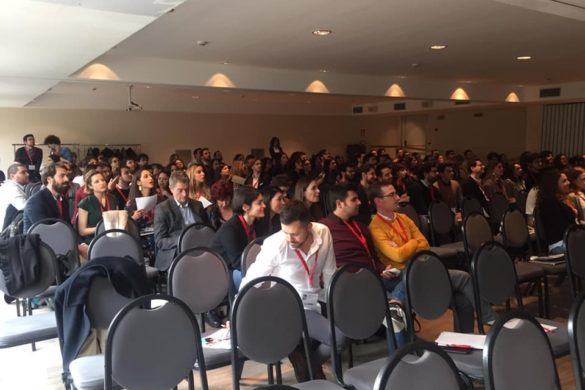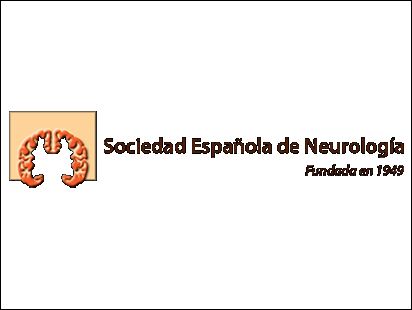The 3rd International Meeting for Environmental Health was held at the Council of Europe in Strasbourg on November 28-30, 2018. The scientific presentations by 64 speakers from 13 countries were followed by an afternoon session on legislation and regulations issued in the European Union (EU) in general and France in particular to help controlling pollutants.
The topics of the meeting were particularly relevant to neurology. This report focuses on topics discussed during the meeting relevant to the neurological impact of air pollution.
Air pollutants and neurotoxicity. Airborne neurotoxic compounds can originate from war activities or natural disasters. War agents are the most powerful neurotoxic killers (soman, sarin tabun and VX). Some were used in recent conflicts or terrorist attacks (sarin in Tokyo in 1995 and in Syria in 2017; VX in Malaysia, 2017). Other agents were used in terrorist attacks: fentanyl, an anesthetic, used by Russian forces to free Moscow Theater in October 2002; plans to attack New York metro in 2003 and 2006 with cyanide, etc. The Cameroon Lake Nyos volcano eruption in 1986 that released 100,000-300,000 tons of carbon dioxide, killing at least 10,000 people. Such attacks and disasters stress the lack of timely information from authorities, of preparedness for first aid and emergency care, logistic supply, as well as the long-term effects on the environment and populations. Neurotoxics from chemical or mining industries were also discussed. In China, air pollution increased by 5 fold since 1990. Lead poisoning in Chinese children is a critical public health problem, with concerns raised over the impact on cognitive performance. Major sources of lead in China are ore and metal industries, contaminated soils and food, toys paint and wastes.
The Seveso disaster is a good example of acute and long-term effects of dioxins. Dioxins have an immediate harmful effect, but also act in the long-term as an endocrine disruptor, especially on the male reproductive system. Months to years after exposure, an increase in female births in relation to blood dioxin levels in fathers was reported, as well as a decrease in the fertility of men born from exposed mothers. Equally worrisome is the transgenerational impact on child brain development provoked by diethylstilbestrol administration in French pregnant mothers. Psychiatric disorders caused by synthetic estrogens include schizophrenia, bipolarity, behavioral and eating disorders, and suicides. Endocrine disrupting chemicals have also caused gender dysphoria cases with controlled XY karyotype. The cost of the impact of endocrine disruptors reaches 160 billion euros in the European Union.
The impact of particle materials (PMs) on the central nervous system (CNS) is mainly unexplored. PM are classed on their size and concentration: PM10, 10µg/m3 particles; PM2.5, 2.5 µg/m3; and ultrafine PMs (PM0.1) with sizes varying between 0.1 to 10 µm. Although PM10s were shown to provoke a 1% increase in acute mortality, they have been mainly studied on pulmonary function and the neurotoxic effects are unknown. Nanoparticles (NP, size 1-100 nm) are widespread and part of modern technology. Their neurotoxicological effects are not completely understood, and are underreported. Mineral NPs originate from nanopowder, nanocluster or nanocrystal manufactured from various metals (nickel, cobalt, zinc, iron, silver, manganese, Mn). Nanodispersed Mn oxide, used in key industries (nano-optics, -chemistry, -electronics, -diagnosis), exposes humans via inhalation, ingestion or dermal routes. Manganese, an otherwise regulator in neurotransmitter synthesis, may be dangerous to the brain through excessive exposure and accumulation in the CNS. Globus pallidus and hippocampus are preferentially affected; the clinical picture includes parkinsonism unresponsive to L-DOPA, with memory loss, compulsive behavior, visual impairment, delusions and disorientation. In mice, Mn affects several neurotransmitter functions and upregulates genes described in human motor and cognitive disorders. Nanoparticles pose the problem of food additives such as titanium dioxide (TiO2, E171). Organic NPs are mostly encountered in indoor air. Alternative techniques to indoor nebulizing chemical cleaning products, based on competition and exclusion of infective materials that precipitate with non-infectious Bacillus species are studied. Other PA were discussed, among which multiwall or single wall carbon nanotubes (NT); NT impact on the CNS is unknown.
Diesel exhaust. An interesting presentation was given by a representative of the French National Health Agency. Pollution by diesel exhaust is still subject to controversy. The fuel mixture contains 35 chemicals and it is influenced by other factors such as engines age and size, or even driver’s skills. In addition to the impact on the lung and cardiovascular system, there are CNS effects as well. To date, recommendations are not based on well conducted studies. The International Agency for Research on Cancer recommendations aim logically at decreasing fuel contents in sulfur concentration and PMs by using oxidation catalysts and diesel particle filters. However, although engines manufactured prior to 2000 produce carcinogenic exhausts and have been shown to impair complex task performance, this is less clear for new engines. Conclusions must be cautiously drawn as rat studies did not indicate cancer risk, and effects of new diesels in humans are unknown.
Neurologic diseases and environmental factors. Environmental factors play an important role in neurological disease. The potential role of air pollution in neurodegeneration, neuroinflammation and stroke was discussed. Environmental factors, including socioeconomic status, may be responsible for changes in the epidemiology of Multiple Sclerosis. The nose-to-brain toxic hypothesis for MS was discussed. A role for sinusitis in seasonal increase in disease activity and association with optic neuritis (ON) were suggested, on anatomic (the optic nerve lies close to the sinuses), temporal grounds (sinusitis at the time of ON; sinusitis associated with first MS attack; sinusitis and MS start at similar ages, share seasonality, and reports suggest the former occurs one month ahead of MS; spring and autumn peaks were reported both in sinusitis incidence, and MRI activity) and biological grounds (sinusitis releases Staphylococcus aureus sphingomyelinase, which speculatively facilitates the autoimmune process). Other facial routes to convey CNS infection to the brain may also involve the perineural lymphatic sheath of the trigeminal nerve. Questions regarding the nose-to-brain route for NPs have been raised in the discussion. Extrapolating from the temporal relationship between viral infections with retrograde tropism and CNS disease (eg. Influenza v. retrograde progression from the nose to hypothalamic and brain stem sleep-promoting networks as a potential explanation for the increase in the incidence of narcolepsy after the 2009-2010 the Influenza epidemic), a role for nose-to-brain route for NP is plausible, but currently studies are lacking.
The changes in epidemiology of Parkinson disease (PD) in France were discussed. PD pathogenesis is multifactorial, involving genetic and environmental factors. PD incidence in France is expected to grow between 2010 and 2030. Environmental factors have been incriminated: rural exposure to pesticides (organochlorines, paraquat and quaternary ammonia, rotenone ichtyotoxin); exposure to solvents. In France, PD is declared as an occupational disease in agriculture workers since 2012. In Guadeloupe, an anona toxic origin has been evoked in 265 PD patients with features of progressive supranuclear palsy (PSP). A study on 104 PSP patients in northern France (Wattrelos) reported a potential association between PSP and neurotoxic compounds (chromium and arsenic) and noted the incidence of PSP declined after factory site decontamination.
Basic research plays an important role in better understanding the cellular effects of pollutants. Aryl hydrocarbon receptor (AhR) has ubiquitous physiological functions but can also promote the entry of xenobiotics (e.g., dioxin, polyaromatic hydrocarbons or quercetine, microbiome and tryptophan metabolites) into host cells and nuclei. It may induce toxicity through reactive oxygen species, DNA methylation or transcriptional induction of cell division control protein 42, thus impacting on cell morphology and migration. The AhR exerts also physiological functions that are related with detoxification, as proven in CNS myelin cells in AhR knock out mice.
In conclusion, research on the effects of air pollution on the brain is delayed compared to research on other systems such as the lungs and pulmonary function. The role of RISE is to allow interactions between scientists and physicians and to promote the dissemination of knowledge especially regarding the effects of air pollution on the brain and developing brain. Mankind has to face one of the most challenging threats in history, dealing with increasing air pollution and the ongoing climatic change, and it is likely that this part of neurotoxicology would become increasingly relevant to neurological disease.
by Alain Buguet, Lyon I University France, Radu Tanasescu, University of Nottingham, Jacques Reis, Strasbourg University, France










